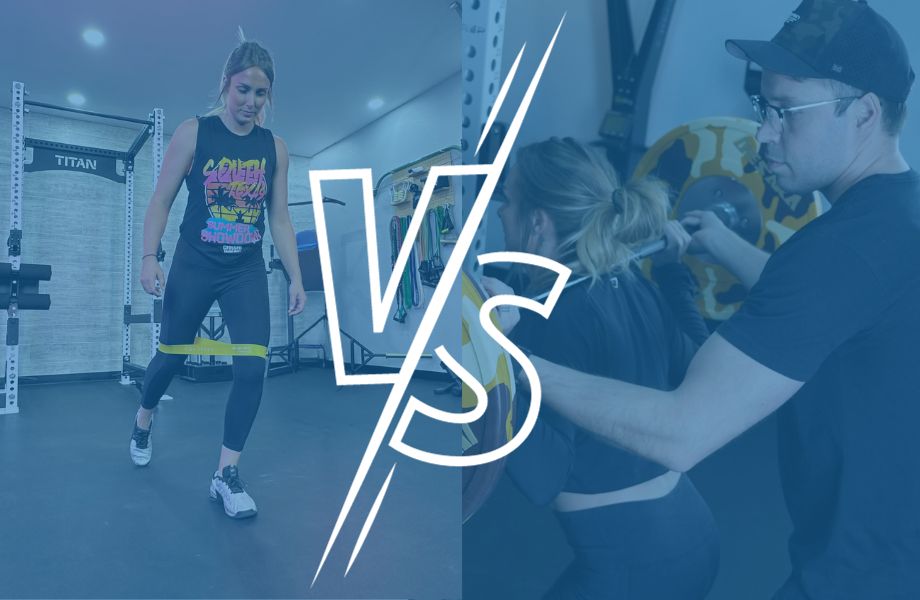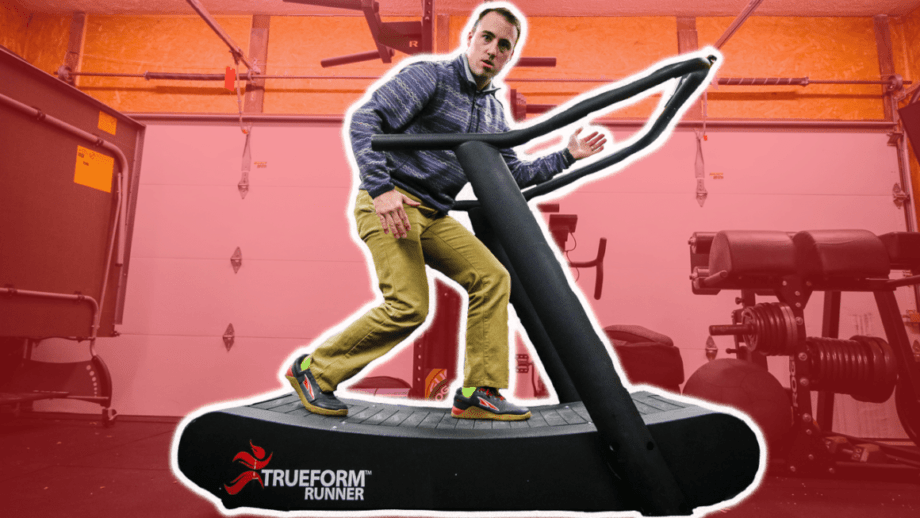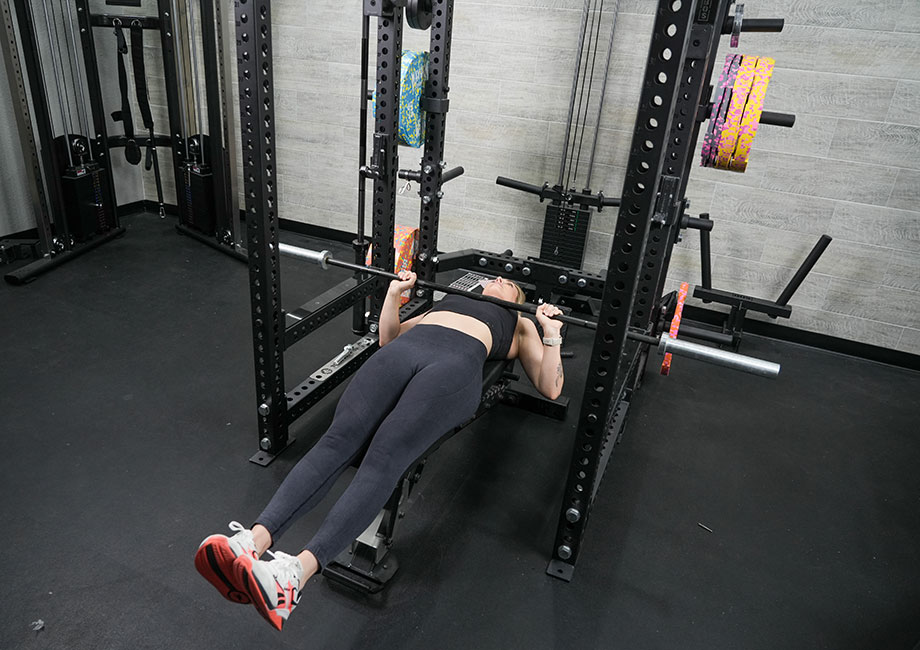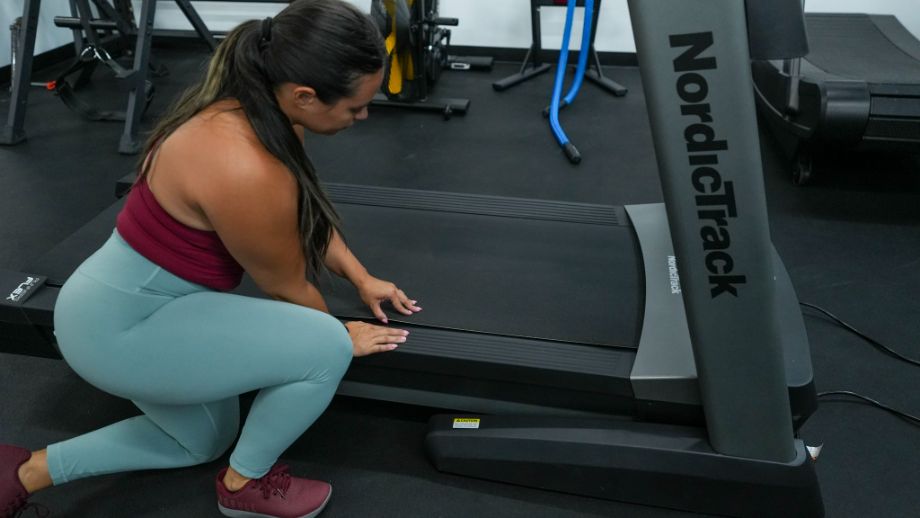If you’re landing on this comparison between an athletic trainer vs personal trainer, you may be wondering what each title means (or perhaps which one you’re qualified to do). This comparison will help you debunk and distinguish between these two closely named roles.
Trust me, these titles are confusing—both roles are in the health and wellness industry and work to help people with physical activity. However, personal trainers are more like a guide to help you on your fitness or weight loss journey, whereas an athletic trainer evaluates and treats pain in work-related or athletic injuries.
RELATED: Best Weight Loss Programs
Personal trainers are typically employed by health clubs and commercial gyms, while athletic trainers are employed by professional sports teams, schools, clinics, hospitals, or the military.
In this comparison, I will use my experience as a certified personal trainer to help outline what a personal trainer does, including performing fitness assessments, developing workout programs, and teaching you training principles such as how to squat and what muscles the squats work.
For this athletic trainer vs personal trainer comparison, I also called on an industry expert and former classmate, David Enos, Certified Athletic Trainer at Saint Dominic Academy. He works with athletes and sports teams and offers insights into athletic training and his scope of practice working at a secondary school.
Athletic Trainer vs Personal Trainer Comparison Chart
| Certified Athletic Trainer (ATC) | Certified Personal Trainer (CPT) | |
| Prerequisites | Bachelor’s degree from an accredited athletic training program | High school diploma; 18 years of age, First Aid and CPR/AED certification |
| Exam format | Board of Certification Exam; proctored, in person exam | Varied: in-person proctor, online proctor, or open book |
| State licensure | Required | Not required |
| Works with | Sports teams, athletes, outpatients, and military personnel | Wide range of fitness levels and ages (typically non-athletes) |
| Scope of practice | Injury prevention and diagnosis, rehabilitation, treatment, strength movements, stretching, movement pattern evaluation, taping, bracing | Fitness assessments, motivation, design exercise programs, educate on proper technique |
| Injury | Sports injuries, athletic injuries | Refer clients to healthcare professionals when necessary |
| Places of employment | Schools, colleges, military, industrial corporations, clinics, and hospitals | Health clubs, fitness centers, commercial gyms, and home gyms |
Quick Look: Athletic Trainer vs Personal Trainer
The main difference between the personal trainer and the athletic trainer is that one will help you achieve long-term goals with exercise programs, and the other will help you in the short-term with injury prevention and treatment, ensuring that you can return to your activities and sports pain-free.
But which one is which? Keep reading fit-minded peers, and I’ll outline the differences between both.
What is a Personal Trainer?
If you’re hitting a training plateau and want to know how to squat heavier, you may look for someone with expertise to help coach you on exercise programs, technique, and progressive overload. In most cases, certified personal trainers (CPT) can help you achieve your muscle building, strength, or weight loss goals.
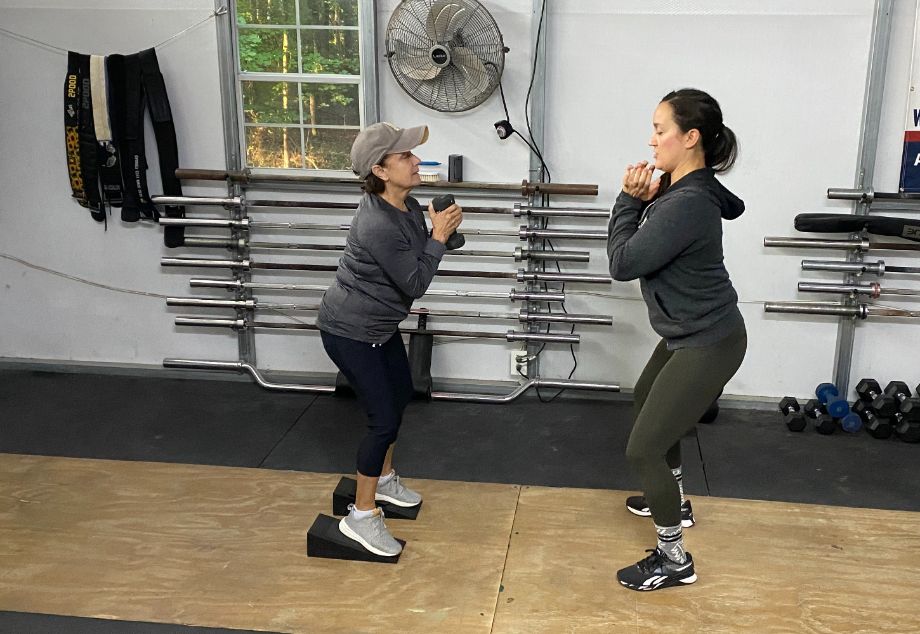
A personal trainer can help you devise a plan to reach your fitness goals and will typically work with you one-on-one in a health club or commercial gym setting. Working with a personal trainer is a personal choice, and during your initial consultation, your trainer will lead you through a fitness assessment to gauge your physical readiness.
A certified personal trainer is required to have working knowledge on anatomy, physiology, and exercise science to pass the certification exam. Personal trainers are not required to have a bachelor’s degree to become a certified personal trainer.
It’s also important to know that there are many educational institutions that offer personal training certifications. The National Academy of Sports Medicine (NASM) and National Association of Strength and Conditioning (NSCA) are just two popular examples. The coursework, information, final exam, and continuing education requirements vary depending on which institution you choose.
RELATED: NASM vs NSCA
Side note: Our product testers and certified personal trainers here at Garage Gym Reviews have personally used and tested many different agencies and curated a round of the best personal training certifications to make your certification decision easier.
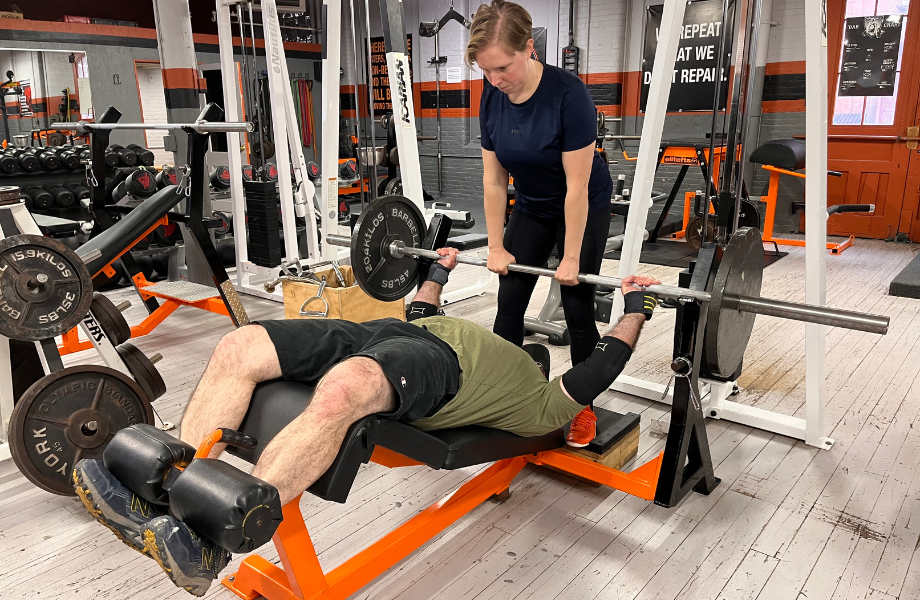
Certified personal trainers are also required to stay up-to-date with First Aid and CPR/AED certifications to respond appropriately in emergency situations. However, the personal trainer’s scope of practice doesn’t include injury diagnosis or care.
RELATED: What is a Personal Trainer?
Qualifications to Become a Personal Trainer
- Education: High school diploma or equivalent
- Certifying standards: Multiple certifying agencies and educational institutions available to earn a certification through
- Certification: Not legally required but highly recommended for landing a job and developing a client roster
- Continuing education: Most certifying agencies and educational institutions require ongoing education; requirements and hours vary per institution
What is an Athletic Trainer?
A certified athletic trainer (ATC) is typically employed by a college or university, high school, professional sports team, or an industrial workplace. Athletic trainers (ATC) make physical evaluations, diagnose injury, brace or tape muscles, and aid the rehabilitation of an injury.
The ability to respond to acute injury and injury prevention is where an ATC differs from CPT.
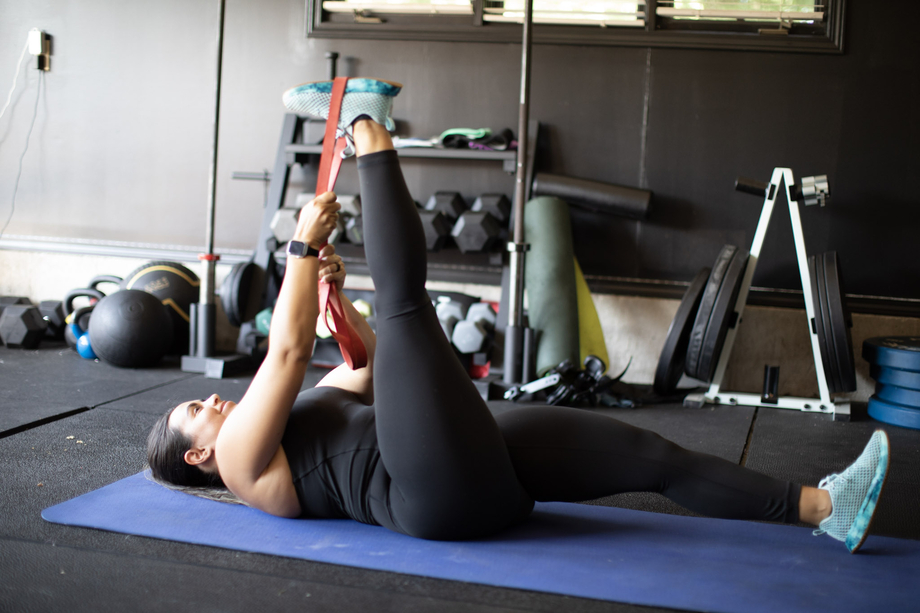
Athletic trainers are also required to have a formal education in athletic training or sports medicine from an accredited college or university. An ATC is qualified to provide preventative care, clinical diagnosis, or emergency care for acute and chronic injury.
To become an athletic trainer, you not only need to earn a bachelor’s degree, an ATC must sit for the Board of Certification Exam (BOC Exam) and obtain state licensure.
David Enos, ATC, works with athletes at Saint Dominic Academy in Maine. He studied athletic training and earned a four-year degree from the University of Southern Maine. He notes that his coursework covered exercise science, biomechanics, kinesiology, with a ton of additional coursework focused on physiology and anatomy. “Our program starts from the ground up with physiology and anatomy: working from the foot, to the ankle and so on,” he says.
RELATED: Ankle Stability Exercises
In his role as an ATC, typical duties include injury prevention, strength and conditioning, movement pattern evaluation, rehabilitation, treatment, taping, and bracing. He also responds to acute game day injuries with immediate evaluation and treatment on a case-by-case basis.
David notes, “Pain is almost always the initial reason to see an ATC, and more specifically, pain associated with or stemming from an athlete’s sport. Each injury will start with an evaluation and go from there.”

He also adds that scope of practice for an ATC is not to provide long term care. In fact, state law in Maine states that an athlete seeing an ATC for more than two weeks with no improvement needs further evaluation. David says those referrals typically go to orthopedics.
It’s worth noting that the AT Strategic Alliance published an announcement in 2015 stating that the requirements for ATC credentialing may change in the coming years to require a master’s degree instead of a bachelor’s degree. However, those changes have not yet taken effect.
Qualifications to Become an Athletic Trainer
- Education: Bachelor’s of Science in Athletic Training
- Certifying standards: One national certifying agency, National Athletic Trainers’ Association (NATA)
- Certification: To earn ATC credentials, you must pass the comprehensive BOC exam
- Continuing education: Required by NATA to keep knowledge and skills current
Similarities: Athletic Trainer vs Personal Trainer
- Both professions work with people to develop better movement patterns and strength.
- ATC and CPT professions both need a working knowledge of anatomy and physiology.
- Both certifications have an extensive final exam.
- Personal trainers with a Bachelor’s of Science in kinesiology or exercise science likely completed much of the same coursework as an athletic trainer without the focus on sports medicine.
Differences: Athletic Trainer vs Personal Trainer
- Athletic trainers work with people on a short-term basis so they can return to sport, exercise, or work. Personal trainers work with clients on a long-term basis to reach their fitness goals.
- Personal trainers work in gyms and health clubs. An ATC is employed by a school, sports team, military branch, or corporate workplace.
- Certified personal trainers can obtain certification through one of many certifying agencies as long as they’re 18 years of age and have a high school diploma or equivalent.
- Certified athletic trainers must have an accredited four-year degree, pass a board exam, and obtain state licensure to gain credentials from a single certifying agency: NATA.
- Athletic trainers can diagnose and treat injuries. Personal trainers are required to make referrals when clients need additional pain management.
Athletic Trainer vs Personal Trainer: Final Thoughts
While the title to both professions are so closely named, the scope of practice for certified athletic trainers and certified personal trainers is quite different.
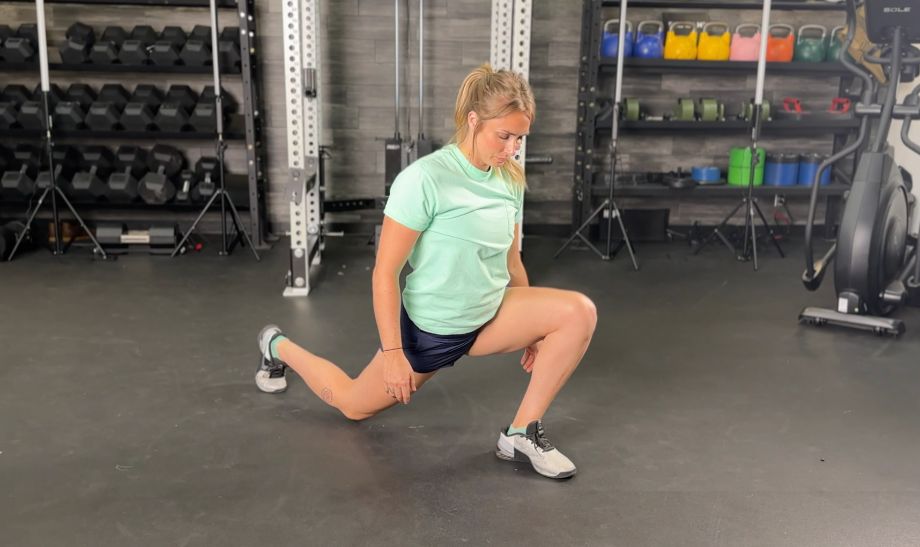
A personal trainer is someone you voluntarily work with when you’re looking to achieve physical strength or improve athletic performance. An athletic trainer, on the other hand, provides injury prevention exercises and techniques in addition to treating injuries (usually in an athletic team environment or corporate workplace).
In most cases, an ATC works at a school with sports teams when athletes experience pain or injury, but an ATC can also work with military or industrial corporations for workplace related pain, overuse injury, or acute injury. Personal trainers typically work in commercial gyms, health clubs, or from their own home gym.
RELATED: Best Home Gym Equipment
Athletic Trainer vs Personal Trainer: FAQs
Here are some commonly asked questions on the difference between certified athletic trainers and certified personal trainers:
What is the key difference between an athletic trainer and a physical therapist?
A physical therapist and an athletic trainer may have similar backgrounds when it comes to education in exercise physiology and science, but the scope of practice is where the two professions differ. Athletic trainers focus more on acute injuries for athletes or folks in the workplace.
Physical therapy offers a broader scope of practice and works beyond acute injury. Physical therapists typically see patients who experience chronic pain or are rehabilitation from an injury or surgery. They may also work with folks who experience neurological conditions, musculoskeletal disorders, chronic disease, or cancer.
Can athletic trainers make six figures?
According to the U.S. Bureau Of Labor Statistics the 2022 median salary for a certified athletic trainer was $53,840 per year.
What is the disadvantage of an athletic trainer?
While athletic trainers are skilled in helping athletes and working folks recover from injury, one downside for many certified athletic trainers are long working hours, especially for those working for secondary schools, colleges, and professional sports teams.
Is a personal trainer another name for an athletic trainer?
No, a personal trainer is not another name or a slang term for an athletic trainer. Athletic trainers have a deep understanding of anatomy and physiology and treat acute athletic or workplace injuries through rehabilitation exercises, stretching, or taping. Athletic trainers are also required to have a four-year bachelor’s degree from an accredited accredited program by the Commission on Accreditation of Athletic Training Education (CAATE).
Personal trainers, on the other hand, cannot treat injuries and must refer clients to the appropriate health professional. Personal trainers, however, may work with folks to build muscle and strength through workout regimens and training programs.


